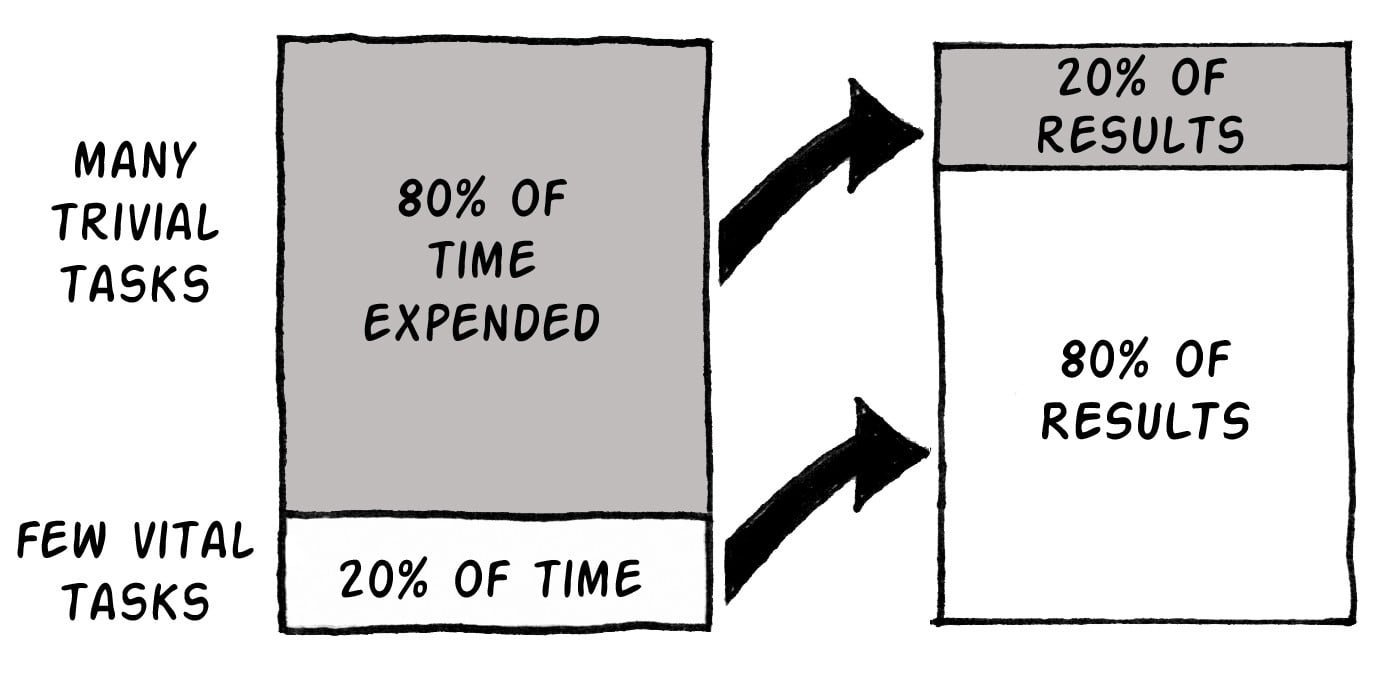The level of a person’s raw intelligence, as measured by aptitude tests such as IQ scores, is generally pretty stable for most people during adulthood.
While it’s true that there are things you can do to fine tune your natural capabilities, such as doing brain exercises, puzzle solving, and getting optimal sleep – the amount of raw brainpower you have is difficult to increase in any meaningful or permanent way.
For those of us who constantly strive to be high-performers in our fields, this seems like bad news. If we can’t increase our processing power, then how can we solve life’s bigger problems as we move up the ladder?
The Key is Mental Models
The good news is that while raw cognitive abilities matter, it’s how you use and harness those abilities that really makes the difference.
The world’s most successful people, from Ray Dalio to Warren Buffett, are not necessarily leagues above the rest of us in raw intelligence – they have simply developed and applied better mental models of how the world works, and they use these principles to filter their thoughts, decisions, strategies, and execution.
Today’s infographic comes from best-selling author and entrepreneur Michael Simmons, who has collected over 650 mental models through his work. The infographic, in a similar style to one we previously published on cognitive biases, synthesizes these models down to the most useful and universal mental models that people should learn to master first.
Concepts such as the 80/20 rule (Pareto’s principle), compound interest, and network effects are summarized in the visualization, and their major components are broken down further within the circle.
Mental Model Example
In a recent Medium post by Simmons, he highlights a well-known mental model that is the perfect bread crumb to start with.
The 80/20 rule (Pareto’s principle) is named after Italian economist Vilfredo Pareto, who was likely the first person to note the 80/20 connection in an 1896 paper.
In short, it shows that 20% of inputs (work, time, effort) often leads to 80% of outputs (performance, sales, revenue, etc.), creating an extremely vivid mental framework for making prioritization decisions.
The 80/20 rule represents a power law distribution that has been empirically shown to exist throughout nature, and it also has huge implications on business.
If you focus your effort on these 20% of tasks first, and get the most out of them, you will be able to drive results much more efficiently than wasting time on the 80% “long-tail” shown below.
This is just one example of how a powerful mental model can be effective in making you work smarter.
If you want to be a top performer, it’s worth looking into other mental models out there as well. They can help you better frame reality, so that you can harness your intelligence and effort in the most effective way possible – and it’ll allow you to deliver results along the way.
Article by Jeff Desjardins, Visual Capitalist







